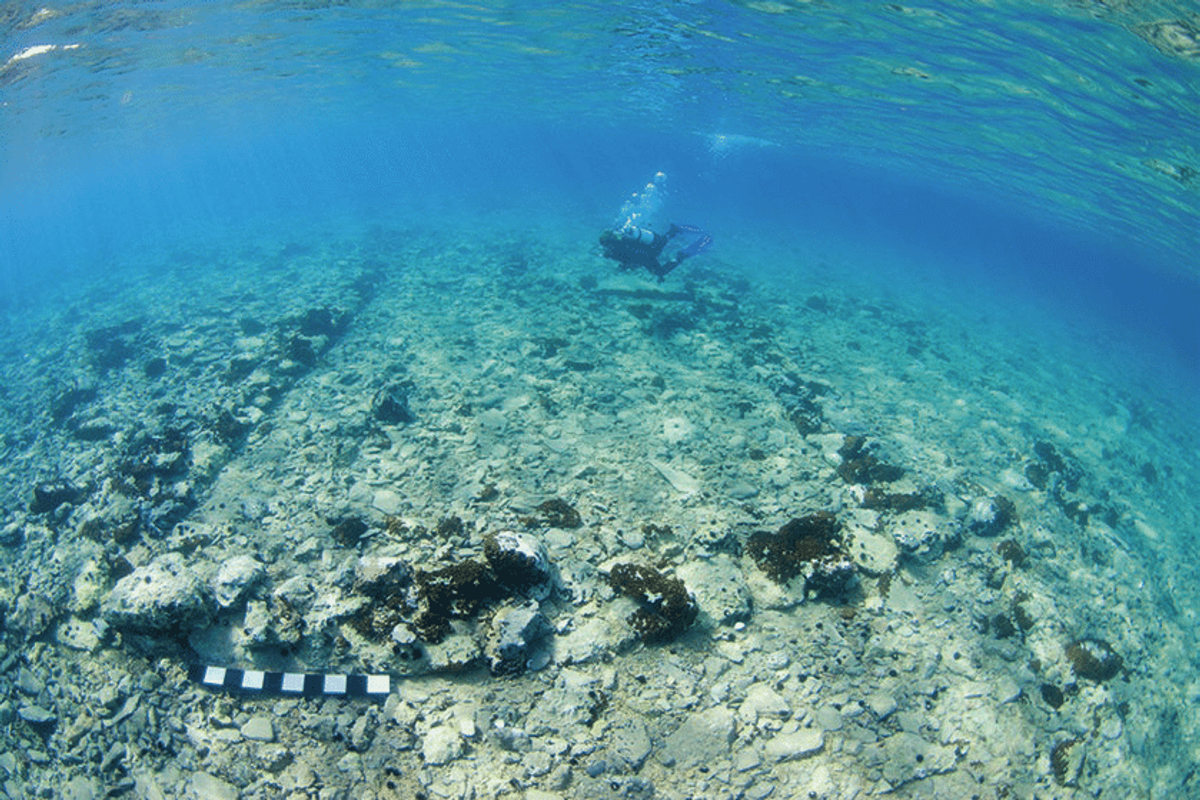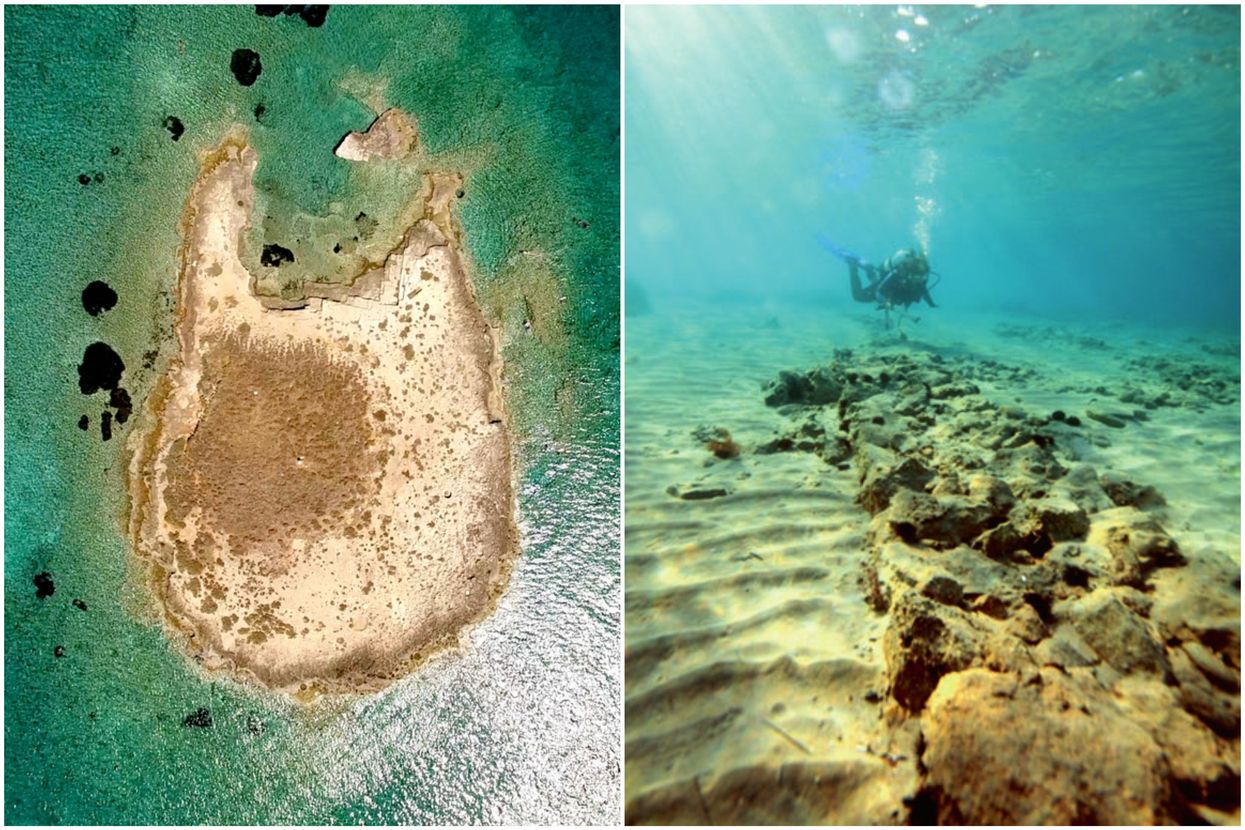Harriet Brewis
Jul 21, 2024
Is this Atlantis? Archaeologists discover 6,000-year-old sunken settlement
ZMG - Buzz60 / VideoElephant
The legendary land of Atlantis may get all the press, but there exists a sunken city that’s far older than its mythological counterpart.
Pavlopetri is thought to be some 5,000 years old, but it wasn’t discovered until the 20th Century, and experts are still uncovering its secrets and treasures.
The Bronze Age town was first identified off the coast of Greece’s southern Peloponnese region in 1904 by a geologist named Folkion Negris.
However, it was largely unexplored until 1967, when Nicholas Flemming, of the Institute of Oceanography at the University of Southampton, rediscovered the site.
The following year Fleming, accompanied by a group of archaeologists from the University of Cambridge, spent six weeks surveying the drowned city, which lies submerged in around three to four metres (10 to 13 feet) of water, IFL Science reports.
The researchers then mapped out the ancient town, which boasted at least 15 separate buildings, as well as courtyards, streets and tombs.
They also recovered a number of artefacts from the seabed,including pottery, blades and a small bronze figurine which they dated to between 2800 and 1180 BC. However, the buildings of the city itself were found to date back to around 1650 to 1180 BC.

You might think that the discovery of a long-lost city buried beneath the waves would generate a fair amount of hype. But, in fact, it took another 40 years for the Pavlopetri site to receive further attention.
In 2009, an international team of experts from the Ephorate of Underwater Antiquities of the Hellenic Ministry of Culture, the Hellenic Centre for Maritime Research, and the University of Nottingham began a five-year project to excavate and explore the town in detail.
During their survey, the team discovered a further 9,000 square metres (97,000 square feet) of new buildings, including a large rectangular hall and structures that lined a previously hidden street, IFL Science notes.
They also unearthed ceramics that confirmed the city existed during the Mycenaean period (the last phase of the Bronze Age in ancient Greece), plus evidence suggesting that it had been occupied from around 3000 BCE up to 1100 BC, during which it would have had a population of around 500 to 2,000 people.
What ultimately sent Pavlopetri to the bottom of the sea remains unknown. Although, some experts believe it could have been sunk by an earthquake that occurred either around 1000 BC or 375 AD.
But given that the city predates Plato’s allegorical account of Atlantis, some people have excitedly suggested that Pavlopetri was the real-life inspiration for the glittering “lost” continent that still excites our imagination today.
Sign up for our free Indy100 weekly newsletter
How to join the indy100's free WhatsApp channel
Have your say in our news democracy. Click the upvote icon at the top of the page to help raise this article through the indy100 rankings
Top 100
The Conversation (0)













